most endangered species
protect the animals, protect the planet earth
know moreMost endangered species is the ultimate guide to the world's endangered species. Whether you are a teacher, or a student or an explorer and search for photos and description about the world's most endangered species. It is one of the most interactive site on the web with facts,pictures and much more. Come and learn about the amazing wildlife that surrounds us each day, and the fantastic journey will bring you even closer to nature.

The Amur Leopard is one of the eight subspecies of leopard. It is only found in the Russian Far East and North East China and the latest population census taken in 2017 suggests there are now around 100 individuals. As recently as the 1970s, their population in the wild had dwindled to fewer than 30 individuals, making the Amur leopard is one of the world’s most endangered big cats.
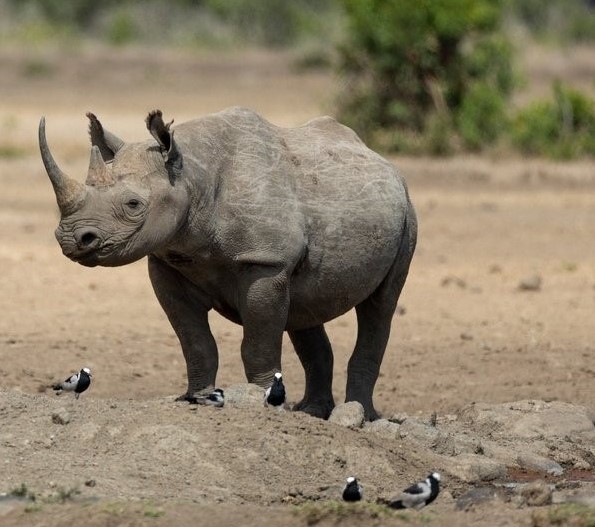
Despite their name, black rhinos aren’t actually black — they’re grey. A group of rhinos is called a ‘crash’. The African Black Rhino remains Critically Endangered, but its population is slowly increasing as conservation efforts counter the persistent threat of poaching, according to IUCN’s update of the Red List of Threatened Species.
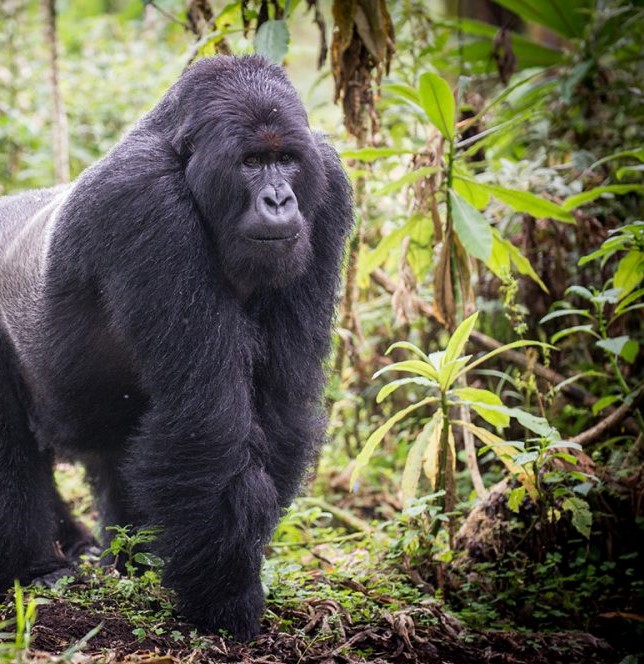
The eastern lowland gorilla—also known as Grauer’s gorilla—is the largest of the four gorilla subspecies. These gorillas have been vulnerable to poaching. Even Kahuzi-Biega National Park, which is home to the largest population of protected eastern lowland gorillas, could not offer them a safe haven: rebels and poachers invaded the park and people set up illegal mines.
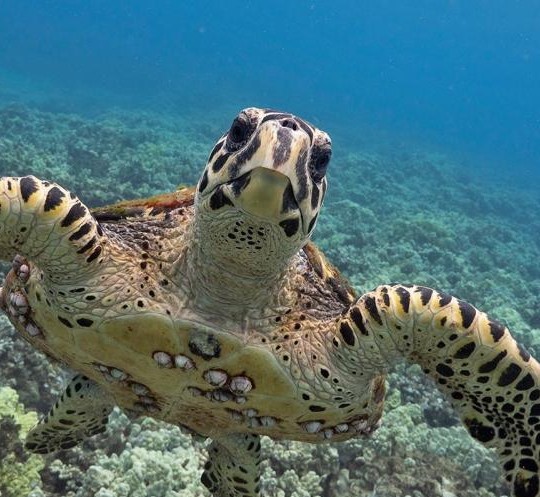
Considered by many to be the most beautiful of sea turtles for their colorful shells, the hawksbill is found in tropical waters around the world. They spend their time in coral reefs, mangroves, oceanic islands, and shallow coastal areas. Their population has declined more than 80% in the last century, primarily due to the trade in their beautiful carapace (shell), also referred to as “tortoiseshell.”
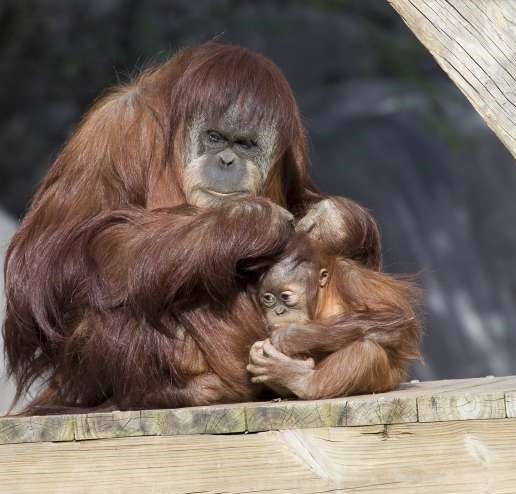
Orangutans have a semi-solitary social system, thought to have evolved in response to the seasonal distribution of fruit and the absence of natural predators. Deforestation is the leading cause of habitat loss for orangutans. In fact, over the past 20 years orangutans have lost over 80% of their habitat. In addition to habitat loss, illegal hunting in the form of poaching and the illegal pet trade contribute to the ever declining population.
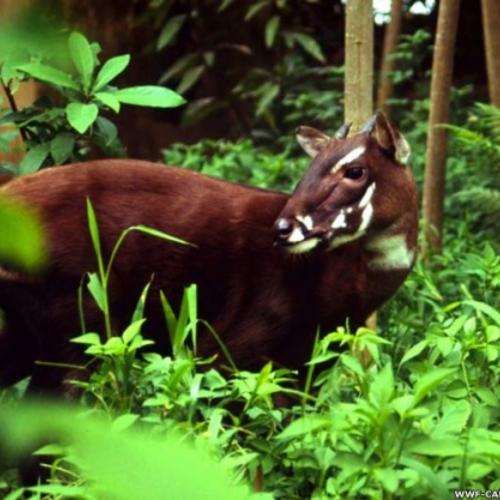
Despite the little information available on this saola, there is no doubt that its existence is severely threatened. Since its discovery, it is believed to have rapidly declined in the face of ever-growing hunting pressure. No formal surveys have been undertaken to determine accurate population numbers, but IUCN estimates the total saola population to be less than 750, likely to be much less. The main threats to the saola are hunting and habitat loss.

Sumatran tigers are on the verge of extinction, today only a small number on Sumatra Island remain. Conservationists are diligently working to preserve the species, but their efforts aren’t outpacing the deadly habitation destruction and poaching. Researchers predict that if things don’t quickly take a turn for the better, Sumatran tigers will be the first large cat to go extinct in the 21st century

The Vaquita is a small porpoise, found only in a small area in the extreme northern Gulf of California (Sea of Cortez). In the last few decades, the vaquita population has decreased by about 8 to 19 percent per year, as gill nets set for fish and shrimp kill more porpoises than are born each year. If rapid progress is not made, the vaquita porpoise will be extinct. This dangerous situation has been recognized by the IUCN, which lists the vaquita as Critically Endangered.
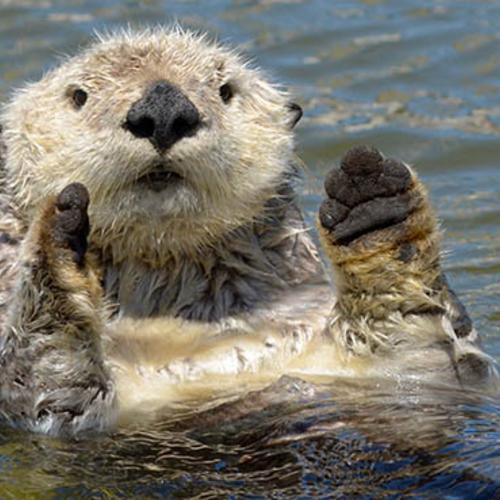
Sea otters are a marine mammal that live off the coasts of the northern and eastern north pacific ocean. They are the heaviest member of the weasel family, Even though they are the second smallest marine mammal. They are at great risk of extinction due to many reasons such as fur trade, shark attacks, habitat degradation, oil spills, fishing nets, disease and being viewed as competition. Sea otters had have been listed as endangered for a long time.
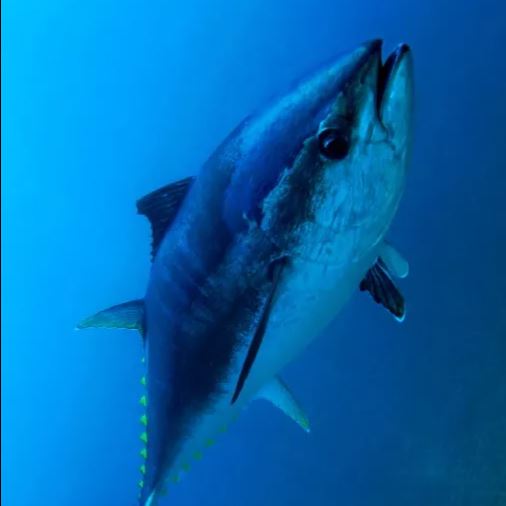
Though there may be a few reasons these fish are endangered, most of the population decline can be attributed to the fishing industry and markets. This has led to a significant decrease in their populations, putting them at dangerously low levels. Specifically, Atlantic bluefin tuna populations have declined by 72-82% across the Atlantic Ocean in the past 40 years. An additional but related cause for the endangerment of bluefin tuna is aquaculture.
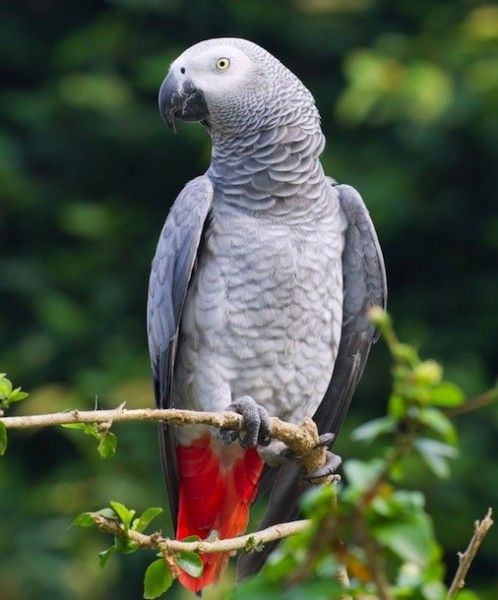
The most significant threats to the African Grey Parrot are: Legal and illegal harvest for domestic and, especially, international pet trade; Habitat loss. Capture for the pet trade is currently the most significant threat to wild populations. In 2016, the Convention on International Trade in Endangered Species, or CITES, which monitors international trade in rare species, made the controversial decision to ban all international trade in wild African grays, except in “exceptional circumstances.”
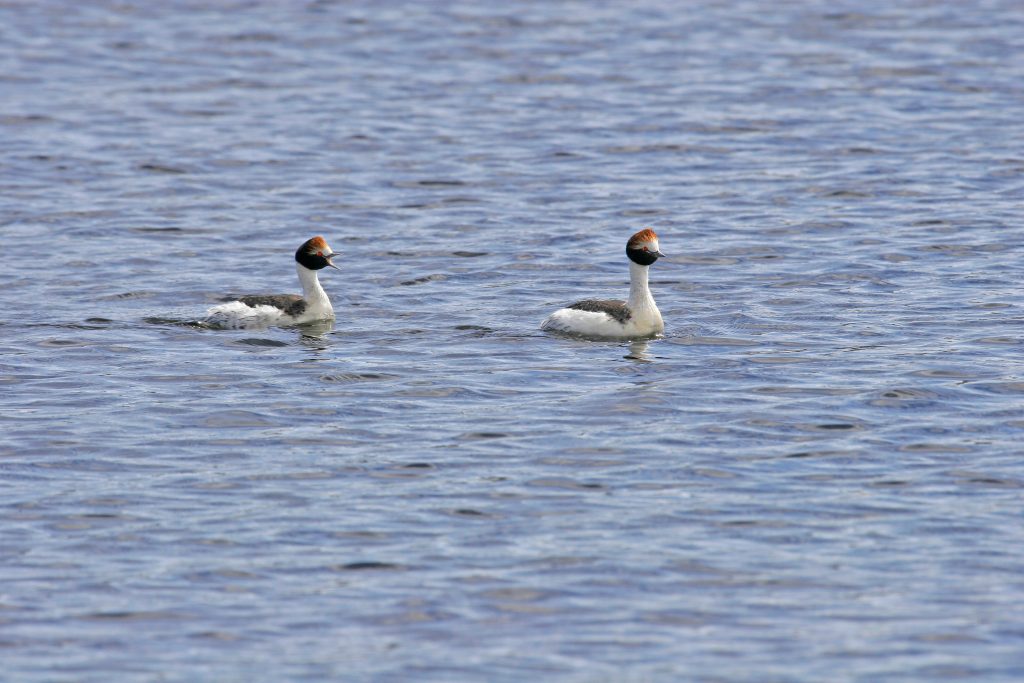
The Hooded Grebe is a stunning, medium size water bird endemic to the Austral Patagonia of Argentina. Since discovering the Hooded Grebe in 1974, populations have crashed by as much as 95% in some locations. Subsequently, this species is now listed as Critically Endangered on the IUCN red list of threatened species. For instance, the mink has been known to kill large numbers within a single day, sometimes wiping out entire populations in some areas.
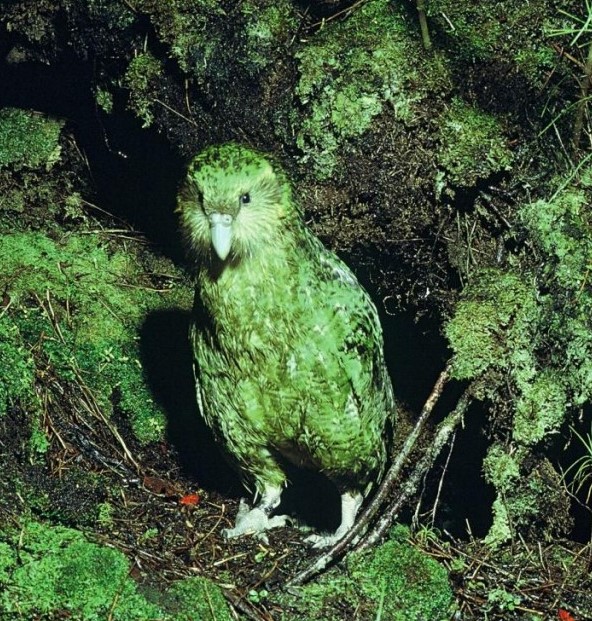
Kakapos commonly found throughout New Zealand, typically in thick woods and forests, Kakapos began to decrease in numbers after the arrival of the Maori. As of 2012 there were only around 125 of these birds remaining, all of which are monitored and fitted with radio transmitters to help keep them safe. As the parrots cannot fly, they’re particularly at risk from predators with a keen sense of smell.
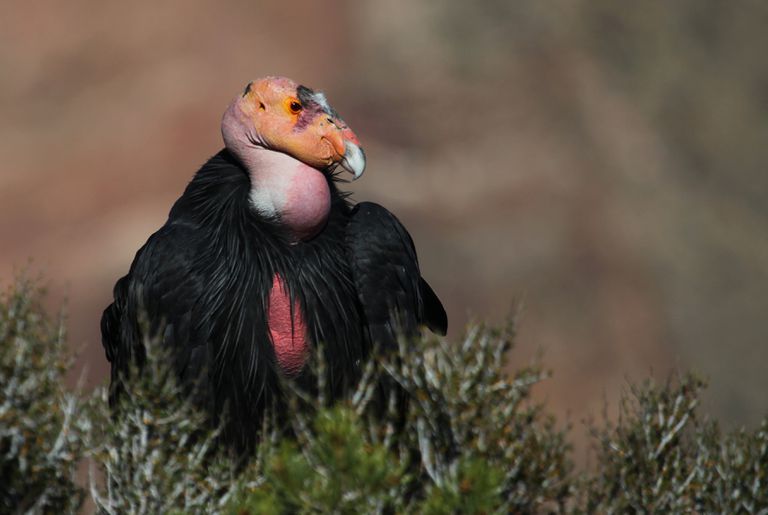
In the 1970s, biologists found that only a few dozen condors remained in the wild. In 1980, a major conservation project was started to try to keep the birds from becoming extinct. Most causes of death in the past two centuries have been from human activities. For nearly 100 years it has been illegal for anyone to kill California condors. There have been so many problems facing the condor for so long that the species was not going to survive in the wild without help from people.
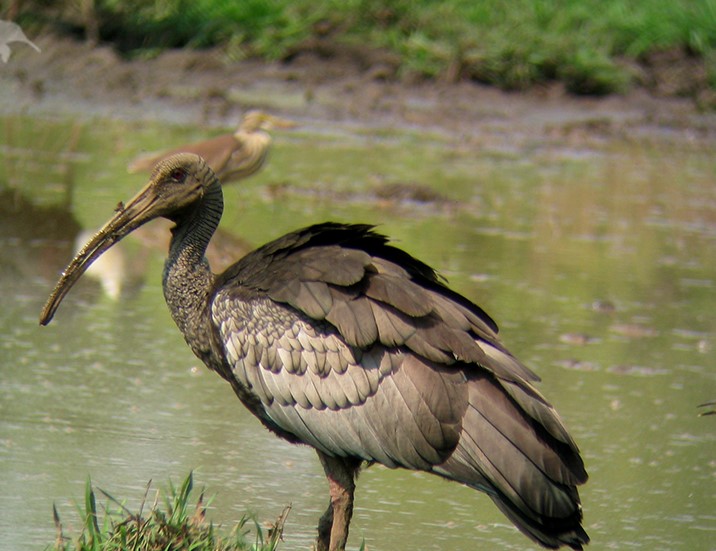
Giant Ibis which is named for it’s large size, but yet is extremely rare to sight. This Ibis species is a critically endangered water bird that has experienced a rapid population decline over the past three generations. Unfortunately, this decline is anticipated to continue unless significant and successful conservation efforts are employed. The survival of Giant Ibis is seriously threatened by habitat destruction, hunting, and human disturbance.
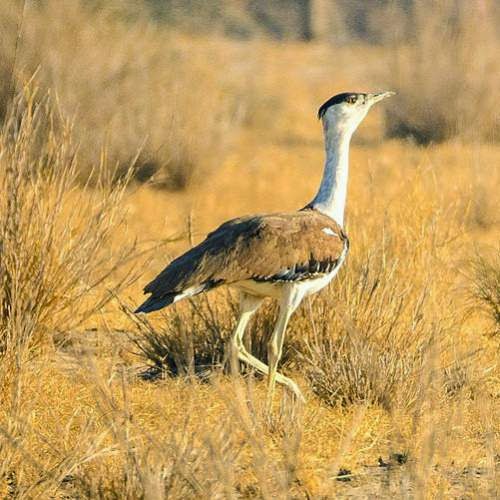
In 1994 great Indian bustards were listed as an endangered species on the IUCN Red List of Threatened Species. By 2011, however, the population decline was so severe that the IUCN reclassified it as critically endangered. Habitat loss and degradation appear to be the primary causes of the decline. Ecologists have estimated that approximately 90 percent of the species’s natural geographic range, which once spanned the majority of northwestern and west-central India, has been lost.
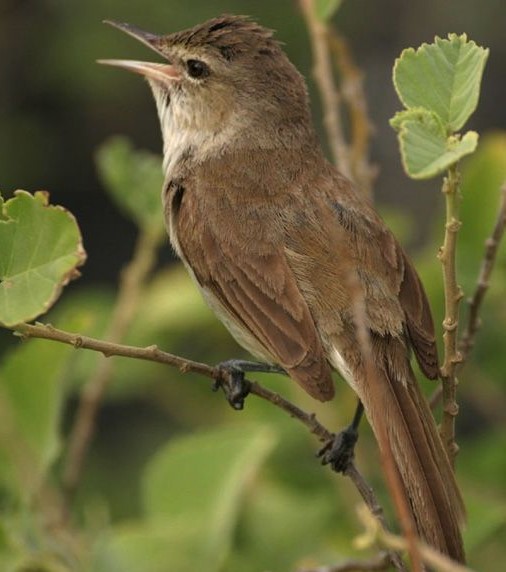
This species qualifies as Critically Endangered because it occurs on one extremely small island and undergoes marked population fluctuations, owing to climatic events, reducing it to tiny numbers. Such fluctuations have led to extensive and strikingly low levels of genetic diversity, making it extremely vulnerable to extinction through exposure to stochastic factors including the accidental introduction of mammalian predators, non-native pest plants or insect species, as well as severe climatic events and disease.
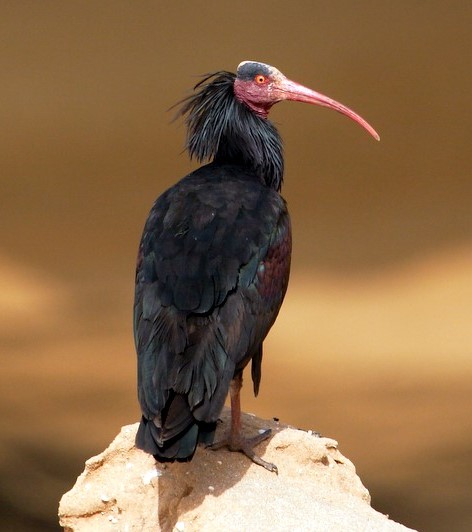
Northern Bald Ibis is classified as Critically Endangered, the highest threat category according to IUCN criteria, with the only remaining wild colonies known in Morocco (100 pairs) and Syria (two pairs). The Morocco population is stable and under good conservation management although development pressures are a growing concern. The wider ecosystem-scale land degradation problems if the Bald Ibis is to survive in the wild in the long-term.
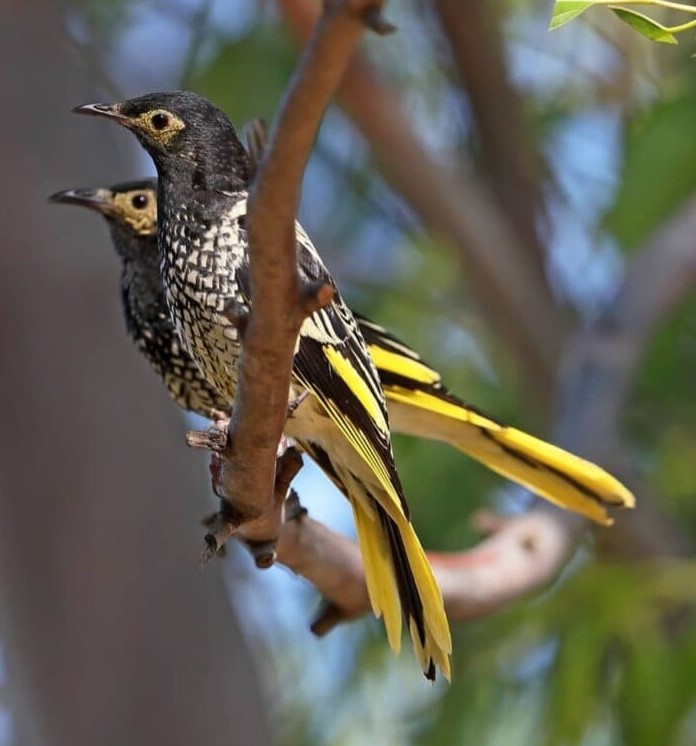
Numbers of critically endangered regent honeyeaters have fallen so low in the wild that experts say some young birds are failing to learn how to sing their own song. There are only about 350 to 400 mature regent honeyeaters left in the wild, largely due to urban development and the loss of woodland habitat, and the critically endangered species is seen as being on the brink of extinction. Research from the Australian National University has shown the regent honeyeater is at risk of losing its "song culture".
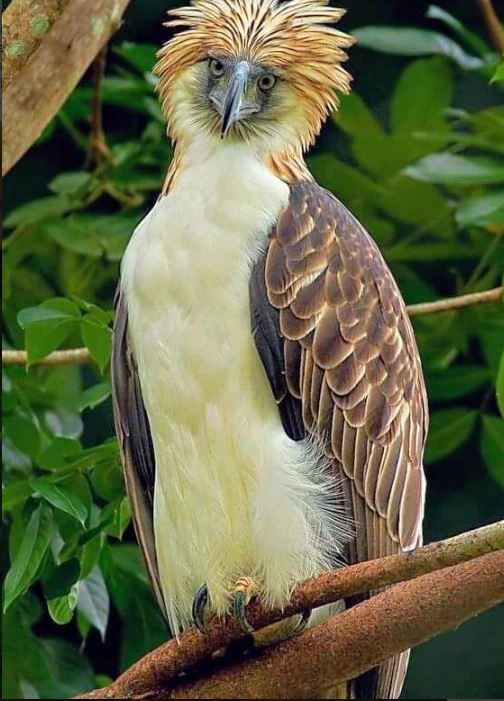
The Philippine eagle is the world’s longest eagle species, with a body measuring over 3.3 feet in length. It weighs up to 18 pounds, has a wingspan reaching 6.5 feet. These Eagles are Critically Endangered and only 400 breeding pairs remain on four islands. This apex forest predator is the national bird of the Philippines yet shooting, hunting and deforestation continue to threaten it. It’s one among the rarest and most powerful birds in the world.
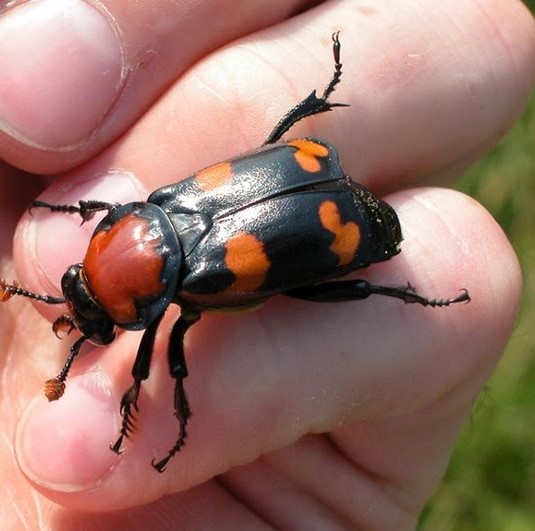
he American burying beetle began to bounce back from near-extinction after it was protected under the Endangered Species Act. It grew from just one known population at the time of its listing in 1989 to six native and introduced populations. Aside from monitoring the beetle's situation and defending its habitat in general, the Center has been working hard to stop the proposed Keystone XL pipeline, which would've devastated some of this creature's last remaining habitat
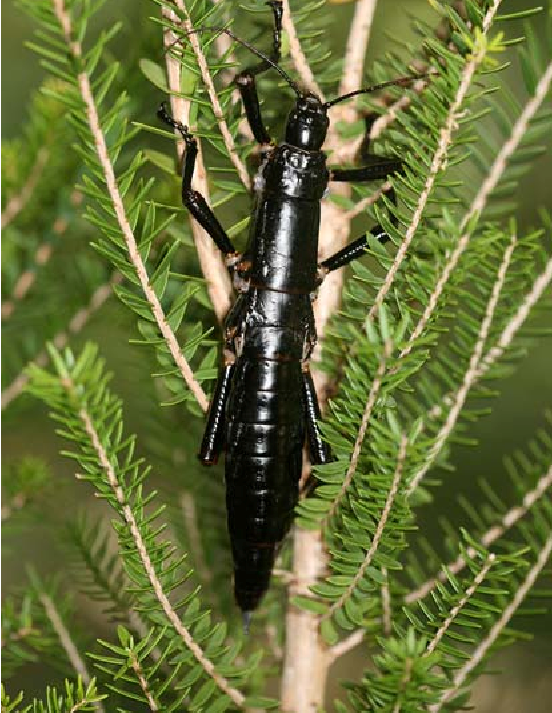
the Lord Howe Island stick insect or tree lobster, is a phasmid which is sometimes called a land lobster. It was thought to have become extinct in 1930, but more were found in 2001. It no longer lives on Lord Howe Island which was its main habitat. It is now only found on the small rock island called Ball's Pyramid. With less than 30 of the stick insects left alive in the wild, it has been called "the rarest insect in the world
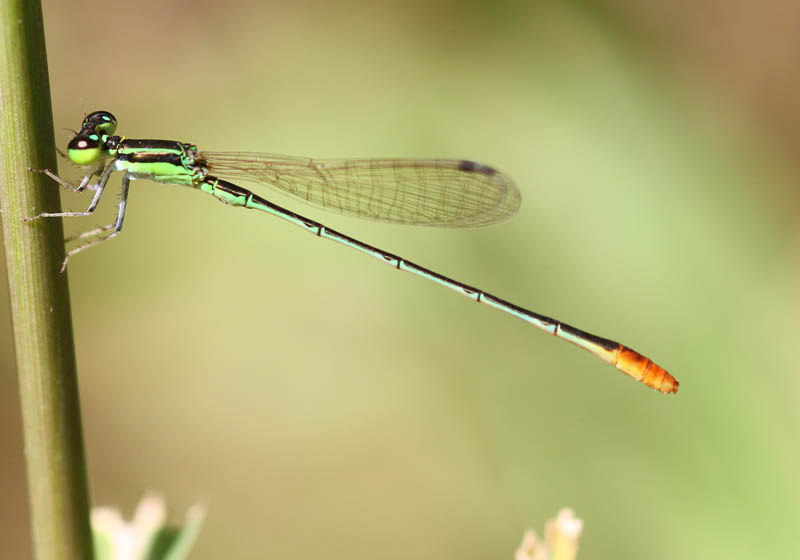
pygmy wisp is a species of damselfly in the family Coenagrionidae. It is also known as wandering midget, pygmy dartlet or wandering wisp. It is well distributed across Asia and parts of Australia. They are good ecological indicators for an assessment of the aquatic environment, especially for wetland and stream quality as they occupy both aquatic and terrestrial ecosystems and are highly sensitive to environmental changes. They are listed endangered in the year 2011.
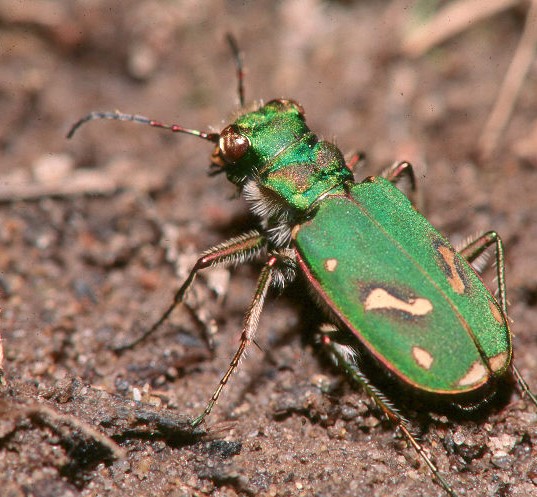
The beetle's common name probably refers to the triangular marking on its pronotum. The species name, viridis, comes from the Latin word for green. The Delta green ground beetle's current IUCN Red List status is Critically Endangered, owing to the species' extremely limited range and the endangerment of its vital vernal pool habitats. In addition, the species has been federally listed as threatened since 1980.
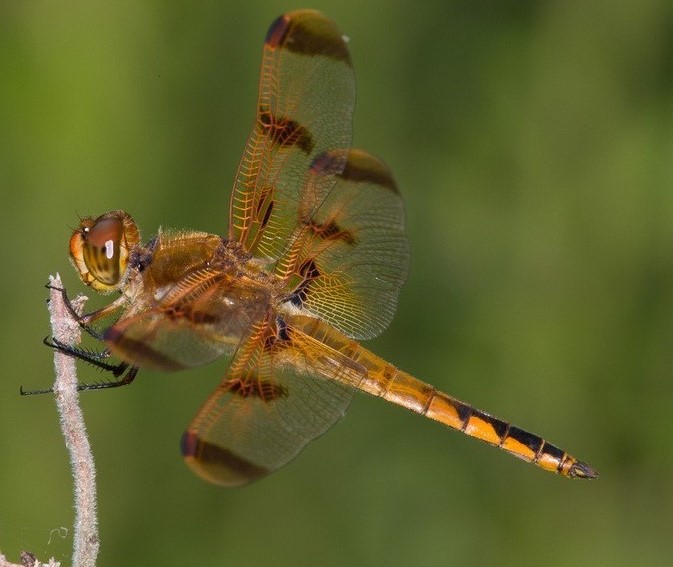
The Bekko Tombo is a species of dragonfly in the family Libellulidae, native to China and Japan. It is under threat by rapid loss of the ponds and other small water bodies it uses as habitat, and is currently classified as critically endangered by the IUCN. It has experienced drastic declines in recent decades, mostly driven by the continuing disappearance of its required breeding habitats, old and stable ponds with vegetated borders
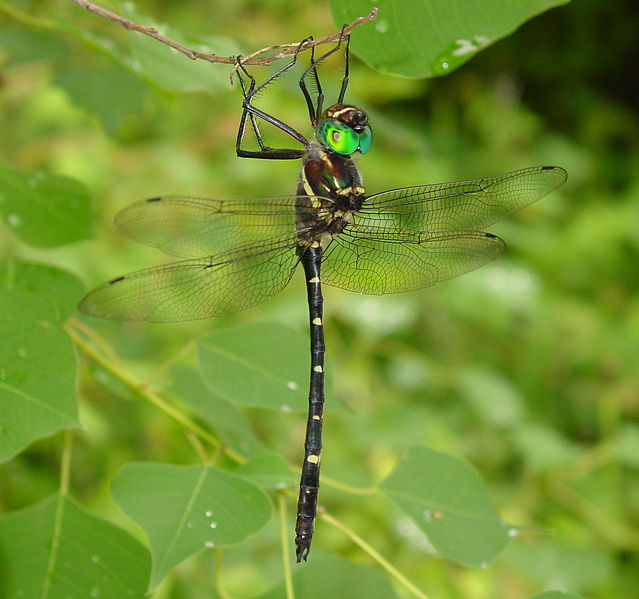
It is a candidate for listing under the Endangered Species Act, and the USFWS is in the process of developing a proposed listing rule. This species is at high risk of extinction. It is threatened by the effects of invasive species. Natural disasters such as drought or hurricane could threaten the survival of these species. Such a small population could also suffer loss of genetic variability due to inbreeding, resulting in reduced evolutionary fitness.
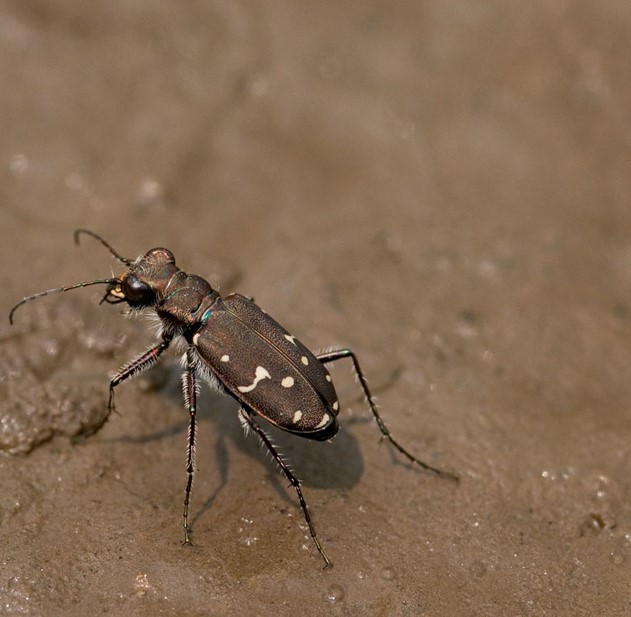
The Salt Creek tiger beetle is a critically endangered subspecies of tiger beetle endemic to the saline wetlands of northern Lancaster County, Nebraska, adjacent to and immediately to the north of the city of Lincoln. It is a predatory insect, using its mandibles to catch other insects. The beetle is one of the rarest insects in North America surveys showed that 194 adults existed in 2009.
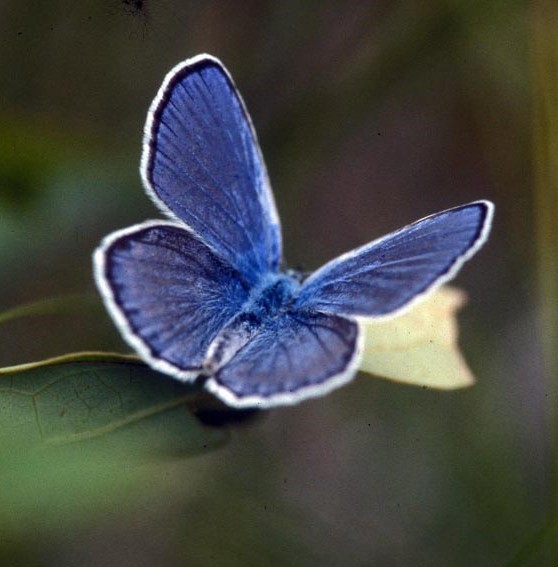
The Miami blue is a small, brightly colored butterfly endemic to Florida additional subspecies occur in the Bahamas and Hispaniola. It is a subspecies of Thomas's blue. Once common throughout its range, it has become critically endangered. Its numbers have recently been increased by a captive breeding program at the Florida Museum of Natural History. Now is in the red list of IUCN.